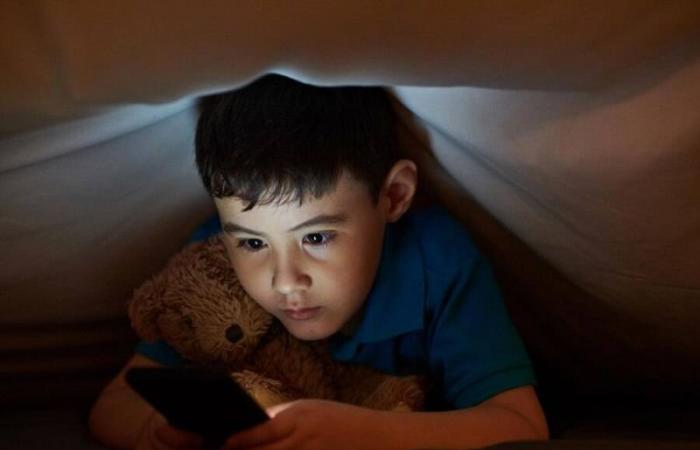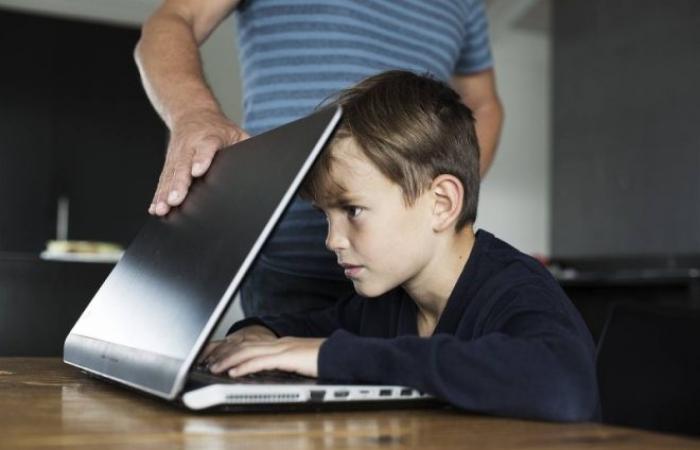“This opinion, drawn up as part of a self-referral, is part of a context marked by the massive use, at global and national levels, of social networks by children. While these digital platforms offer certain tangible benefits, they also expose children to significant risks for their physical and mental health as well as for their social and academic development,” explains the EESC in the presentation of its report entitled “For an inclusive digital environment and protector of children.
Danger zone
Citing the results of a recent survey of 1,293 Moroccan children and young people aged 8 to 28, the CESE reveals that 80% of them regularly use the Internet and 70% use social networks. Among this category, 43% of respondents suffer from sleep disorders, 35.6% report conflicts with family or friends, and 41.5% observe a decline in their academic performance.
Another alarming data is that a third of these young people face cyber-harassment, 40% share personal data with strangers and 40% do not control the confidentiality settings of their online profiles, the report lists. “Data which is corroborated by the results of a 2023 report on violence in schools in Morocco highlighting an increase in cyber-violence,” notes the CESE.
Threat with capital M
This report also tells us that online psychological or sexual bullying is intensifying and reaching alarming proportions in certain environments. In numerical terms, nearly 10% of primary school pupils have received “unpleasant, mean or insulting messages on the Internet”, and a significant number of them have been victims of unwanted publications or exclusion from online groups. Risks and dangers that the increased presence on social networks further exacerbates and accentuates.
Exposed to dangerous content
The latter also warns of the exposure of young minds to inappropriate content. The report names extremist, hateful, violent, bloody and racist content, online gambling, sexual and pornographic content, false information, content filtered by algorithms for manipulation purposes. Without protection, children are also exposed to cyber-violence and cyber-harassment, exploitation and abuse of different natures, incitement to self-harm and suicide.
Sans protection
“Social media can promote disinhibition due to the lack of direct confrontation. In this context, the child finds himself doubly vulnerable: he can be the victim of this content, but he can also, potentially, become the author, thus harming his peers,” emphasize the authors of the report. Dangers that lurk in every corner of the internet and which require an appropriate response as recommended by the CESE. The latter also notes the inadequacy of current systems in the face of the specific challenges posed by online platforms.
“The absence of precise regulations governing the use of social networks by minors hampers the ability to guarantee effective and lasting protection in the digital space. Furthermore, initiatives to protect children online remain fragmented and suffer from a clear lack of coordination and convergence of relevant stakeholders around a shared national strategic vision,” add the authors of the report.
A responsibility shared with parents who, according to the same report, are far from realizing the scale and seriousness of the risks associated with social networks. They also fail by their limited knowledge of parental control tools, thus exacerbating the vulnerability of their children in the face of the great cyber threat.







